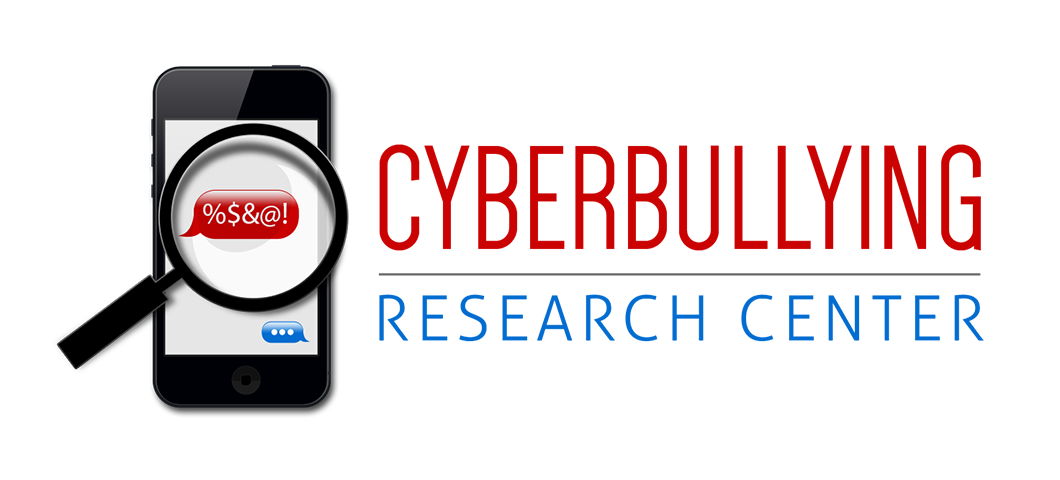
Sameer and I have been exploring online social networking generally, and adolescent behaviors on MySpace in particular, for over five years. Since 2006 we have randomly selected several thousand MySpace profiles each year to determine: 1) who is on MySpace and 2) what kind of information they are posting. Our latest article, which is published in the journal New Media and Society is now available online. We also posted a fact sheet on our site which summarizes the most important findings. Here is the abstract:
MySpace has received a significant amount of negative attention from the media and many concerned adults, who point to several isolated incidents where predators have contacted, become involved with and even assaulted adolescents whom they met through the popular social networking web site. Furthermore, concerned parents have expressed discontent with the amount and type of personal and private information youth seem to reveal on their profile pages. In 2006, the authors performed an extensive content analysis of approximately 2423 randomly sampled adolescent MySpace profiles, and found that the vast majority of youth were making responsible choices with the information they shared online. In this follow-up study, the authors revisited the profiles one year later to examine the extent to which the content had changed. Though exceptions occur, youth are increasingly exercising discretion in posting personal information on MySpace and more youth are limiting access to their profile. Moreover, a significant number of youth appear to be abandoning their profiles or MySpace altogether.
Because it takes a very long time for a project to go from data collection and analysis to publication, some of the information in this article is a bit dated. Nevertheless, we think the study does shed some light on the changing nature of social networking online among adolescents. We would appreciate any thoughts you have about the article. If you aren’t able to access it on the New Media and Society web site, drop me an email and I will send it to you. By the way, we are close to completing our third article in this series–a comparison of MySpace profiles from 2006 to 2009. Stay tuned…








I am looking for information to find cases on cyperbullying that went either to the supreme court or circuit courts throughtout the US. I am writing a paper for my Graduate Law call and am asking if you can give me some ideas on where best to look for this information.
Thank you for your help
Take a look at "Teen Cyberbullying Investigated" published in January, 2010 by Free Spirit Publishing. It presents real cases between 1998 and 2009 that went to both state and federal courts – one to the U.S. Supreme Court in 2008 but it was denied review. TCI covers emails, blogs, social networking posts and more. It is written for teens to read with their parents and teachers, and is meant for kids to learn from the experiences of their peers. There have been civil and criminal consequences of online and cell phone activities. Hope this helps you out. Regards, Judge Tom.
Founded in 2003 by Tom Anderson and Chris DeWolfe, myspace became an overnight success. Despite its popularity, this social networking site has had it's share of pitfalls. Many of the setbacks associated with the site were the result of the misuse of this site by teens and predators. Teens have lied about their age, post personal information or pictures, and engaged in cyberbullying and or feuding on the site. In 2009 two Indianapolis teenage girls sued their school district after they were reprimanded for posting suggestive pictures on their Myspace page. Although the photos were taken during a vacation, the photos were circulated school wide; and their high school principal required them to apologize to male coaches, stay away from all extracurricular activities, and undergo counseling. This is just one example of many ways that the misuse of such social networking sites as Myspace can translate to real world punishment.